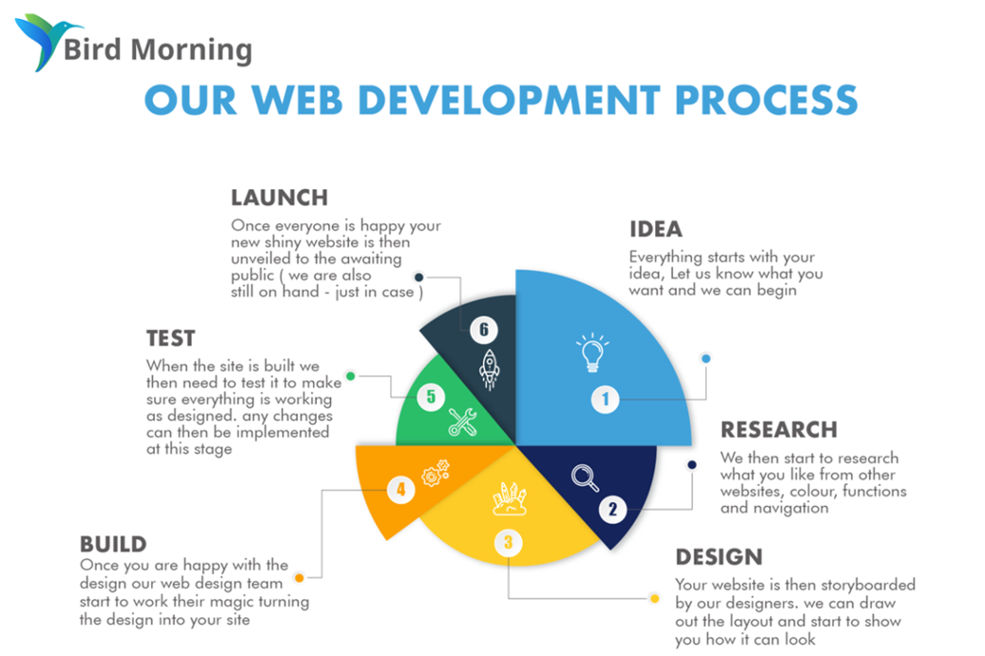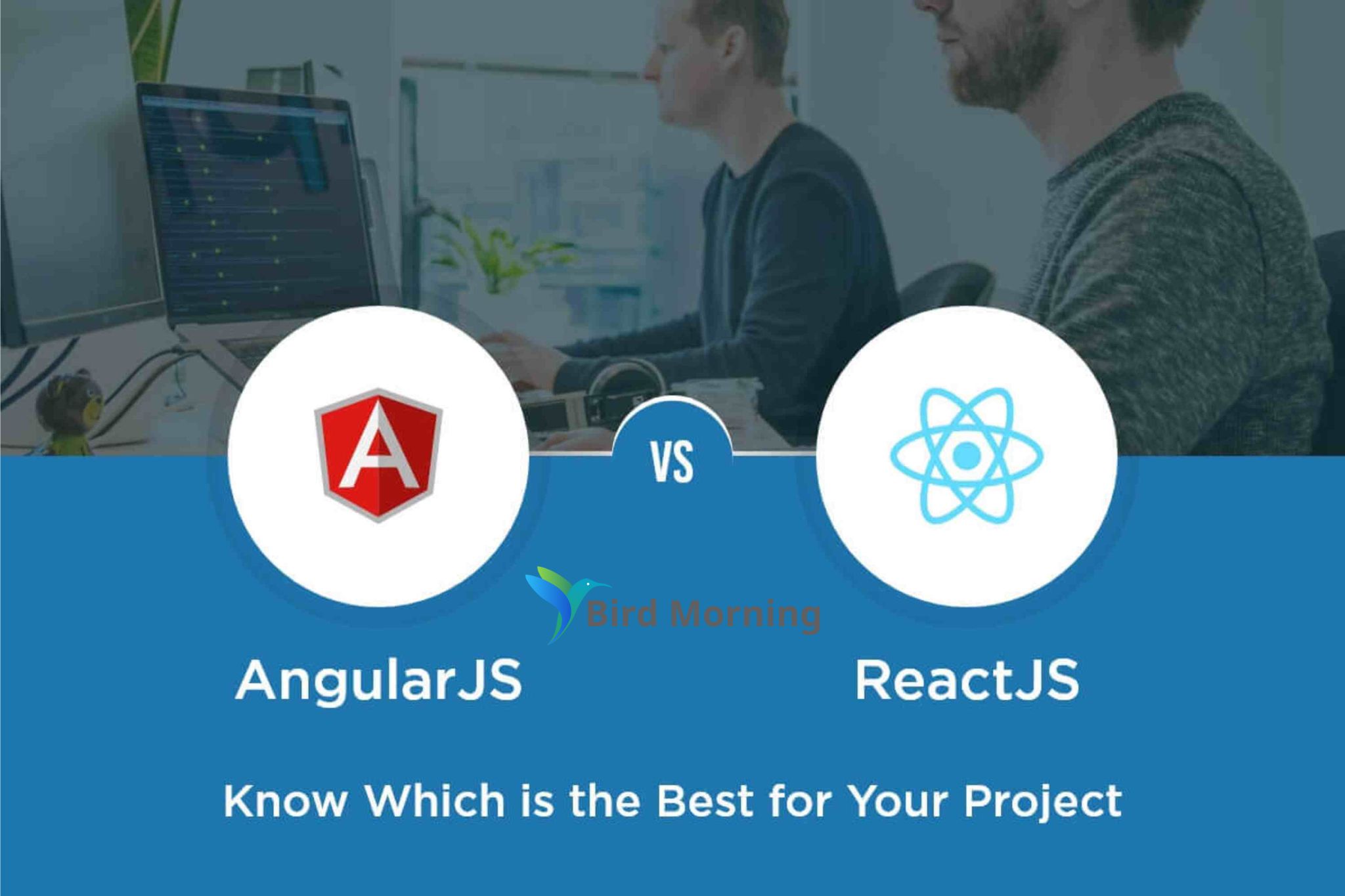The Web Development Process for Creating a Successful Website

The web development process is evaluated over a while. Your customers will learn about your company from your website. It's where your customers will go to get in touch with you and learn more about your business. But, how to create a web application or website that attracts everyone? This is a major thing to consider. however, creating a website is not an easy task.
The web development process or web application development phases include all related development responsibilities, such as client-side scripting, server-side scripting, server and network security settings, eCommerce development, content management system (CMS) development, web markup and coding.
A lot goes into creating a website or app that is easy to use and positively represents your company. So, to assist you, we've put together a guide that will walk you through the web development process.
Why is web design important?
A well-structured and clear website not only participates in generating traffic but also helps visitors understand the business, product, or service by including text, photographs, and occasionally animations. As a result, a better user experience allows the company to reach more customers.
The Website Development Process in 7 Steps:
It is not as simple as 1-2-3 to create a website. Depending on the type of website, programming languages, and resources, each development path is unique.
The sections that follow provide an overview of the web development process as well as a brief introduction to the most common languages and CMS solutions.
Here are the seven most important aspects of the full cycle web development work:
1. Acquiring Information:
You must first gather information before you can develop a website. This will include your purpose, primary objectives, and target audience.
This website was created primarily to serve your purpose. Is it for self-promotion or to provide knowledge on a specific subject?
Your objectives are what you hope to achieve with this website. Setting goals can help you decide how to build the website and what information to add.
Your website will be appealing to your target demographic people. Every business has a target audience, so you have to figure out your audience before building the website.
2: Preparation
After you've acquired the necessary information for your website, you should begin planning it. You will generate a sitemap using the information from the first step.
A sitemap is a list of all of your website's topics and sub-topics. The sitemap will assist you in visualizing the website and how a user can navigate from one page to another. This phase is critical to design an appealing and user-friendly website.
3: Designing
After you've developed the layout of the website, you must decide how it will look. All visual information, such as images and videos, will be included. When planning the design of your website, keep your target audience in mind.
A public relations brand, for example, will have a different website than a brand with a target audience of pet owners. You want your website to be tailored to the wants and needs of your target audience.
4. Content:
The most important aspect of a website is its content. It is what makes or breaks your customer base. If you have a strong aspirational identity or one-line, your conversation rate will skyrocket.
Consider your website to be your company book, with a single master keyword. Consider how many chapters your book will require. Each chapter title should have 5-10 secondary keywords.
The majority of companies require the following basic pages i.e. Home, About, Services, Blog, and Contact. Instead of adding more pages that you will be unable to maintain and optimize regularly, you should focus your energy on producing superior pages.
You can hire people to develop and assemble the content.
5: Usability
This is the stage at which you will begin to develop your website. This is also the point at which all of the preceding phases will come together to form the website's design and functionality.
You want your website to be user-friendly and simple to navigate. The homepage is normally constructed first, followed by all of the sub-pages.
You should also ensure that the website is accessible from both a desktop computer and a mobile phone.
6. Testing, review, and release
Once completed, you must check it to ensure that it is up to par and expresses exactly what you intended.
If your website isn't what you expected, don't rush to launch it. It should be thoroughly tested, for example, by ensuring that all forms function properly and reviewing it for content and design flaws.
You can now launch your website and begin promoting it whenever you are satisfied with it. Before you launch your website, make sure to check out this pre-launch website.
7: Follow-up and updates
Even after you've successfully launched your website, you should still go back and review it regularly. Mistakes might arise, and it's critical to keep an eye on the website to ensure it stays in good form.
You have to resolve any issues as soon as possible and maintain your website up to date at all times.
Can Birdmorning Solutions help you?
Choosing the right custom web development company is essential for every business, and happily, Birdmorning is here to help you get one. Birdmorning can assist you with everything from constructing a website to developing a product growth strategy for your company.
So, if you're ready to take your business to the next level and build your website, head over to the best web development company and discover how we manage website building.





